Home>Garden Essentials>What Is A Coconut Seed
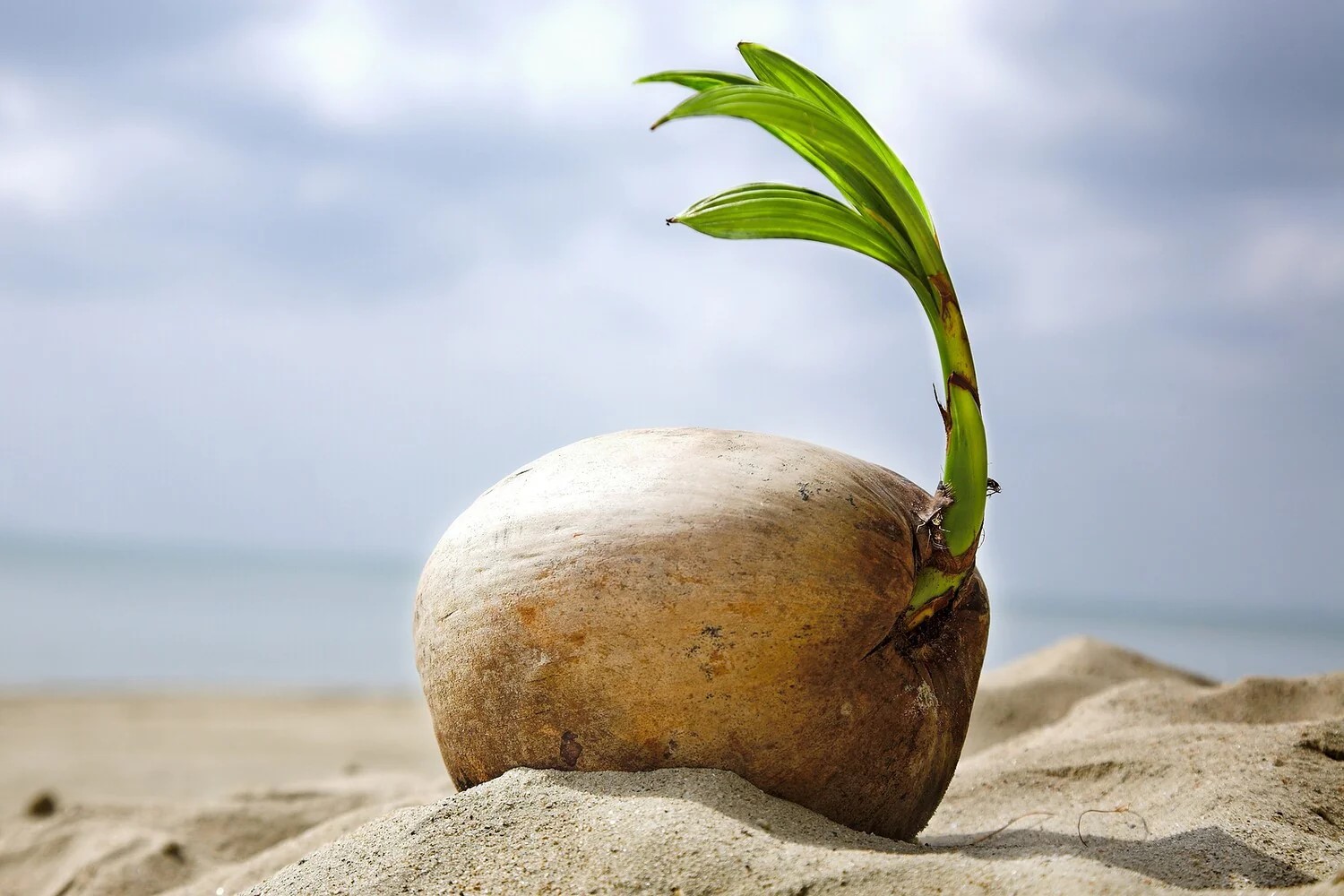

Garden Essentials
What Is A Coconut Seed
Modified: May 6, 2024
Learn all about coconut seeds and how to grow them in your garden. Discover the secrets to successfully cultivating these tropical wonders.
(Many of the links in this article redirect to a specific reviewed product. Your purchase of these products through affiliate links helps to generate commission for Storables.com, at no extra cost. Learn more)
Introduction
Welcome to the fascinating world of coconut seeds! These tiny powerhouses of life contain the potential to grow into magnificent coconut trees, providing us with not only delicious fruit but also a plethora of other invaluable resources. From coconut water to oil, fiber to timber, these seeds play a crucial role in various aspects of our lives.
In this article, we will explore the wonders of coconut seeds, delving into their anatomy, germination process, importance, cultivation, and the challenges faced in their production. So, let’s embark on a journey to uncover the marvels of these remarkable natural wonders.
Coconut seeds, also known as coconut embryos, are the starting point of coconut tree growth. Encased within the hard outer shell of a mature coconut, these seeds are much more than just vessels for new life. They are packed with a wealth of nutrients and potential that can ultimately lead to the growth of a magnificent tree, capable of producing coconuts for generations to come.
The anatomy of a coconut seed is fascinating. At its core, it consists of an embryo, endosperm, and a protective seed coat. The embryo is the vital part that will eventually develop into a coconut tree. It contains the shoot apex, root radicle, and cotyledon, which are essential for the plant’s growth and nourishment during its initial stages.
The germination process of a coconut seed is an incredible phenomenon. When the seed finds itself in a suitable environment, such as warm soil with sufficient moisture, it begins to absorb water, which activates enzymes within the embryo. As a result, the shoot apex elongates and pushes out of the seed coat, followed by the emergence of the root radicle. This marks the beginning of the plant’s journey towards becoming a mature coconut tree.
The importance and uses of coconut seeds are multifaceted. Firstly, coconuts are a staple food source in many tropical regions, providing nourishment and sustenance to millions of people. The rich, refreshing coconut water and the creamy, nutritious meat inside the fruit are prized for their health benefits and culinary versatility.
Furthermore, coconut seeds are utilized in numerous industries. The oil extracted from the copra, which is dried coconut kernel, is widely used in cooking, beauty products, and even biofuel production. The fibrous husk, known as coir, is used to make ropes, mats, and other natural products. The timber from mature coconut trees is highly sought after for construction purposes, thanks to its durability and strength.
Key Takeaways:
- Coconut seeds are the tiny powerhouses of life, packed with nutrients and potential to grow into magnificent coconut trees, providing us with delicious fruit, versatile oil, fiber, and timber.
- Understanding the anatomy, germination process, and cultivation practices of coconut seeds is crucial for promoting the successful growth of coconut trees and ensuring a sustainable supply of coconuts and their valuable resources.
Read more: What Part Of The Coconut Is The Seed
Definition of a Coconut Seed
A coconut seed, also known as a coconut embryo or coconut kernel, is the reproductive structure found within the hard outer shell of a coconut. It is the starting point of a new coconut tree and contains all the genetic material necessary for the development of a mature plant.
Coconut seeds are unique because they are endospermic, meaning they have a substantial amount of endosperm – a nutrient-rich tissue that provides nourishment for the growing embryo. This endosperm, along with the protective seed coat, plays a vital role in supporting the growth and development of the seed into a fully-grown coconut tree.
The outer shell of a coconut, often referred to as the husk, is made up of tough fibers that protect the inner seed from external elements, such as temperature variations, moisture loss, and physical damage. Inside the shell, the coconut seed is surrounded by a hard, woody layer called the endocarp. This protective layer shields the delicate embryo from potential harm.
The embryo, the central part of the coconut seed, contains all the necessary components for starting the growth of a new coconut tree. It consists of the shoot apex, which will develop into the stem and branches, the root radicle, which will anchor the plant into the ground and absorb nutrients and water, and the cotyledon, which serves as a food reserve for the growing embryo until it can establish its own source of nutrients through photosynthesis.
Coconut seeds are generally oval-shaped and can vary in size depending on the variety of coconut. They are typically 5 to 7 centimeters long and have a light brown color. The seed coat, which is the thin outer layer surrounding the embryo, may have visible markings and variations in texture.
It is important to note that coconut seeds are not the same as coconut fruit. The fruit is the mature, husked coconut that we commonly see and consume. The seed, on the other hand, is contained within the fruit and is the reproductive part responsible for producing a new coconut tree.
In summary, a coconut seed is the vital component found within the hard shell of a coconut that contains the genetic material and necessary nutrients for the development of a new coconut tree. It consists of the embryo, endosperm, and seed coat, all working together to ensure the successful germination and growth of the seed into a mature coconut tree.
Anatomy of a Coconut Seed
The coconut seed, also known as the coconut embryo, is a fascinating structure that holds the key to the growth and development of a coconut tree. Let’s take a closer look at the different parts of this remarkable seed.
At the center of the coconut seed is the embryo, which is the core of the reproductive structure. It is made up of three essential parts: the shoot apex, the root radicle, and the cotyledon.
The shoot apex is located at the top of the embryo and is responsible for the development of the stem, branches, and leaves of the coconut tree. It contains the growing tip, which will eventually elongate and give rise to the various above-ground parts of the plant.
The root radicle, located at the opposite end of the shoot apex, is the precursor to the root system of the coconut tree. As the seed germinates, the root radicle elongates and grows downward into the soil. It serves to anchor the plant into the ground and absorbs water and nutrients from the surrounding soil.
The cotyledon is the part of the embryo that serves as a food reserve for the developing seedling. It is a thick, fleshy structure that provides nourishment to the growing embryo until it can establish its own source of nutrition through photosynthesis. The cotyledon supplies essential nutrients and energy to support the initial stages of growth and development.
Surrounding the embryo is a tissue known as the endosperm. The endosperm is rich in nutrients and serves as a source of nourishment for the developing embryo. It provides the necessary energy and nutrients for the seedling to grow until it can generate its own food through photosynthesis. The endosperm plays a crucial role in supporting the early growth of the coconut tree.
Protecting the precious embryo and endosperm is the seed coat. The seed coat is a hard, outer layer that surrounds the seed and provides protection against external factors such as physical damage, temperature fluctuations, and moisture loss. It is typically brown in color and has a rugged texture. The seed coat also helps in maintaining the moisture content within the seed, ensuring the viability of the embryo.
Overall, the anatomy of a coconut seed consists of the embryo, which includes the shoot apex, root radicle, and cotyledon, as well as the endosperm and seed coat. Each component plays a crucial role in the successful germination and growth of a coconut seed into a mature coconut tree. Understanding the anatomy of the coconut seed allows us to appreciate the complexity and resilience of this remarkable plant.
Germination Process
The germination process of a coconut seed is a remarkable journey that marks the beginning of a new coconut tree’s life. It is a sequence of events triggered by the right environmental conditions, allowing the seed to sprout and initiate its growth. Let’s dive into the fascinating germination process of a coconut seed.
The germination of a coconut seed begins when it finds itself in a suitable environment, characterized by warm soil and sufficient moisture. When these conditions are met, the seed absorbs water through its outer coat, triggering a series of biochemical reactions within the embryo.
As the water uptake occurs, enzymes within the embryo become active, initiating various metabolic processes. The first visible sign of germination is the elongation of the shoot apex, which begins to push out from the seed coat. The shoot apex ultimately develops into the stem, branches, and leaves of the coconut tree.
Simultaneously, the root radicle emerges from the lower portion of the embryo and begins to grow downwards into the soil. The root radicle is responsible for anchoring the plant into the ground and absorbing water and nutrients from the soil. This root development is crucial for the seedling’s survival, as it enables the seedling to establish a steady supply of nutrients and water.
As the root radicle penetrates the soil, the shoot apex continues to elongate, pushing upwards and emerging from the seed coat into the air. Once exposed to sunlight, the shoot apex undergoes a series of growth and differentiation processes, leading to the formation of leaves. These leaves are responsible for photosynthesis, the process by which the seedling can produce its own food by converting sunlight, carbon dioxide, and water into energy-rich carbohydrates.
During the germination process, the cotyledon, which is the part of the embryo that serves as a food reserve, gradually shrinks as its nutrients are used up. The developing seedling relies on the nutrients stored in the cotyledon for nourishment until it can sustain itself through photosynthesis.
As the seedling continues to grow and develop, it will shed the protective seed coat, revealing the young coconut plant emerging from the soil. From there, it will undergo further growth and maturation, eventually developing into a fully-fledged coconut tree capable of producing coconuts.
The germination process of a coconut seed is a remarkable example of nature’s resilience and the inherent ability of plants to adapt and thrive in diverse environments. It is a testament to the intricate biological mechanisms that govern life and the incredible journey that a tiny seed must undertake to transform into a mighty coconut tree.
Coconut seeds are actually the matured fruit of the coconut palm tree. They are used to grow new coconut trees and can be planted directly in soil to propagate new trees.
Importance and Uses of Coconut Seeds
Coconut seeds, with their diverse range of uses, hold immense importance in various aspects of our lives. These seeds provide us with a multitude of valuable resources, making them an integral part of many cultures and economies around the world. Let’s explore the significance and wide-ranging uses of coconut seeds.
Food and Nutrition: Coconuts are not only delicious but also highly nutritious. The tender, jelly-like meat inside the coconut is packed with healthy fats, fiber, vitamins, and minerals. Coconut water, found within immature coconuts, is a refreshing and hydrating beverage rich in electrolytes. Both coconut meat and water are consumed as a source of nourishment in many tropical regions, contributing to the dietary needs of millions of people.
Culinary and Baking: Coconut-based ingredients play a prominent role in numerous culinary delights. Coconut milk, derived from grated coconut meat, is a creamy and flavorful addition to savory dishes, curries, soups, and desserts. Desiccated coconut, made from dried and finely shredded coconut meat, is commonly used in baking, confectionery, and as a topping for various dishes.
Industrial Uses: Coconut seeds have extensive application in various industries. The oil extracted from copra, the dried coconut kernel, is highly prized and widely used. Coconut oil is used in cooking, baking, and food manufacturing. It is also a key ingredient in the production of cosmetics, skincare products, soaps, and shampoos. Additionally, coconut oil can be processed into biodiesel, serving as a sustainable and renewable source of energy.
Coir Production: The fibrous husk surrounding the coconut, known as coir, is another valuable product derived from coconut seeds. Coir has exceptional strength and durability, making it ideal for manufacturing ropes, doormats, brushes, and other household items. Coir is also used as a growing medium in horticulture for its water-retaining properties.
Timber and Construction: The mature coconut tree yields strong and durable timber that is highly sought after in the construction industry. Coconut timber is used for building houses, furniture, and various woodwork. Its strength, resistance to decay, and attractive grain make it a popular choice in coastal areas where traditional hardwood resources may be scarce.
Medicinal and Wellness: Coconut seeds have been used in traditional medicine for centuries. Coconut oil is believed to have various health benefits, including promoting heart health, boosting the immune system, and improving skin health. Coconut water is rich in electrolytes and is often used as a natural rehydration solution. Additionally, coconut oil and milk are used in Ayurvedic practices for their therapeutic properties.
From food and nutrition to industrial and medicinal uses, coconut seeds bring a myriad of benefits to our lives. They provide sustenance, livelihoods, and valuable resources for countless communities around the globe. The versatility and utility of coconut seeds truly make them a treasure trove of natural wonders.
Read more: How To Germinate A Coconut
Cultivation of Coconut Seeds
The cultivation of coconut seeds is an essential process that ensures the continued growth and availability of coconut trees. The process involves selecting viable seeds, preparing the planting site, and providing optimal conditions for germination and growth. Let’s delve into the cultivation practices involved in growing coconut seeds.
Seed Selection: The first step in cultivating coconut seeds is selecting high-quality seeds. It is crucial to choose mature coconuts as they have a higher chance of containing viable seeds. Look for coconuts with a firm shell, without any signs of damage or decay. Shake the coconut to ensure it contains a good amount of liquid inside, indicating a healthy seed. Additionally, selecting seeds from disease-resistant and high-yielding coconut varieties is essential for successful cultivation.
Site Preparation: Coconut trees thrive in tropical coastal regions with well-drained, sandy or loamy soil. The planting site should receive ample sunlight and be protected from strong winds. Clear the land of any debris or vegetation, and dig large pits or trenches for planting. Improving soil fertility through organic matter addition, such as compost or manure, can enhance the growth and development of coconut seeds.
Germination: To initiate germination, soak the selected coconut seeds in water for a day or two. This step helps to improve moisture absorption and softening of the seed coat. Create beds or nursery areas where the seeds can be placed horizontally or vertically in the soil. Ensure the seeds are partially buried, leaving the top portion exposed. Regularly water the seeds to maintain the required moisture content for germination.
Transplanting: Once the coconut seeds have successfully germinated and the young seedlings have developed a few leaves, they can be transplanted to their permanent planting locations. Dig holes deep enough to accommodate the roots of the seedlings and ensure proper spacing between each tree to allow for optimal growth and development. Carefully transplant the seedlings into the holes, ensuring that the roots are well-covered with soil and the crown remains above the ground.
Care and Maintenance: Coconut trees require consistent care and maintenance to thrive. Regular watering is essential, especially during the early stages of growth. Pruning can be performed to remove any dead or damaged leaves and to shape the tree. Fertilization with balanced nutrient supplements can promote healthy growth and increased yield. Regular weeding around the base of the trees helps minimize competition for nutrients and water.
Pest and Disease Control: Coconut trees are susceptible to various pests and diseases, such as coconut mites, rhinoceros beetles, and lethal yellowing disease. Regular monitoring and timely intervention with appropriate pest control measures are essential in mitigating these threats. Implementing integrated pest management practices and maintaining proper hygiene in the cultivation area can help minimize the impact of pests and diseases.
Harvesting and Yield: Coconut trees typically start bearing fruit after 4–6 years of growth, although full production may not be reached for 10–15 years. Harvesting involves climbing the tree and plucking the coconuts manually. On average, a healthy coconut tree can produce around 50-100 coconuts annually, depending on its age, variety, and overall cultivation practices. Harvested coconuts can be utilized for various purposes, including food, oil extraction, or further seed propagation.
Through careful seed selection, proper site preparation, and diligent care, the cultivation of coconut seeds can lead to the growth of healthy and productive coconut trees. This process not only ensures a sustainable supply of coconuts but also supports the local economy, provides livelihoods, and contributes to environmental conservation in coconut-growing regions.
Challenges in Coconut Seed Production
The production of high-quality coconut seeds for cultivation comes with its fair share of challenges. These challenges can vary from seed selection to germination, and from pests to environmental factors. Understanding and addressing these challenges is crucial to ensure a healthy and successful coconut seed production process. Let’s explore some of the common challenges faced in coconut seed production.
Seed Quality and Selection: The availability of viable and high-quality seeds is essential for successful coconut seed production. However, obtaining consistent seed quality can be challenging. Factors such as seed size, maturity, and genetic variability can impact the germination and growth potential of the seeds. Inconsistent seed quality can lead to variations in growth rate, yield, and disease resistance, affecting the overall productivity of coconut trees.
Germination and Seedling Management: Germination is a critical stage in coconut seed production. However, the germination rate can be influenced by several factors, including seed age, handling practices, and environmental conditions. Optimal moisture levels and appropriate temperature are crucial for successful germination. Furthermore, managing seedling growth and providing proper care during the early stages can be challenging, as they require consistent watering, protection from pests, and appropriate nutrient supplementation.
Pests and Diseases: Coconut trees are susceptible to a range of pests and diseases, which can significantly impact seed production. Coconut mites, rhinoceros beetles, and red palm weevils are common pests that can cause severe damage to both seeds and mature trees. Diseases such as lethal yellowing, root rot, and leaf blight can also affect seed health and tree vigor. Implementing effective pest control measures and disease management strategies is vital to minimize the impact of these threats on seed production.
Environmental Factors: Coconut seed production is greatly influenced by environmental factors. Extremes in temperature, rainfall, and humidity can affect seed germination, growth, and fruiting. Drought conditions can lead to reduced seed production, while excessive rainfall can hinder efficient pollen transfer and limit fertilization. Furthermore, strong winds and cyclones can cause physical damage to both seeds and mature trees, impacting seed yield and quality.
Genetic Variability and Hybridization: Coconut trees are known for their genetic diversity, which can pose challenges in seed production. Hybridization can lead to variations in seed characteristics, resulting in inconsistent growth patterns and yield potential. Maintaining desired traits and avoiding the loss of genetic diversity requires careful selection of parent trees and seed sources during the breeding and seed production process.
Economic and Market Factors: Coconut seed production can also be influenced by economic and market factors. Fluctuations in market demand and prices of coconut products may impact the profitability and incentive for farmers to engage in seed production. Limited availability of certified seeds and low demand for specific varieties may also pose challenges in accessing quality seeds for cultivation.
Overcoming these challenges requires a combination of proper seed selection, effective management practices, and continuous research and development efforts. Collaborations between researchers, farmers, and industry stakeholders can help address these challenges and support sustainable coconut seed production, ensuring the availability of healthy and productive coconut trees for future generations.
Conclusion
Coconut seeds are the remarkable starting point of coconut tree growth, holding immense importance in various aspects of our lives. From their nutritious meat and hydrating water to the versatile oil and fiber derived from them, coconut seeds provide invaluable resources to communities across the globe.
Understanding the anatomy, germination process, and cultivation practices of coconut seeds enables us to appreciate the complexity and resilience of these natural wonders. By selecting viable seeds, preparing suitable planting sites, and providing optimal conditions for growth, we can promote the successful cultivation of coconut trees and ensure a sustainable supply of coconuts and their byproducts.
However, coconut seed production does come with its fair share of challenges. Ensuring seed quality and addressing issues such as germination, pests, diseases, environmental factors, and genetic variability require careful management and continuous research and development efforts. By overcoming these challenges, we can improve the productivity and profitability of coconut seed production, thus supporting the livelihoods of farmers and contributing to the economic growth of coconut-producing regions.
The importance and uses of coconut seeds extend beyond their tangible benefits. Coconut trees play a vital ecological role, protecting the coasts from erosion, providing shelter for various species, and contributing to the overall biodiversity of tropical regions. Additionally, coconut seeds have cultural and traditional significance in many societies, serving as symbols of abundance, hospitality, and well-being.
In conclusion, the cultivation and utilization of coconut seeds are deeply intertwined with our lives and the environment. From the nourishing food and versatile products they provide to their role in sustaining livelihoods and protecting coastal ecosystems, the significance of coconut seeds cannot be overstated. By embracing sustainable practices and appreciating the wonders of these incredible seeds, we can foster a future where coconut trees continue to thrive, enriching our lives and the world around us.
Curious about what happens after planting that coconut seed? One crucial aspect to consider is the time it takes for seeds to sprout. Our next guide delves into the stages of seed germination, offering insights on nurturing your garden effectively. Whether you're a novice or a seasoned gardener, understanding these fundamentals can transform your gardening practice, leading to lush, thriving plants. Don't miss out on mastering the germination process; it's simpler than you might think!
Frequently Asked Questions about What Is A Coconut Seed
Was this page helpful?
At Storables.com, we guarantee accurate and reliable information. Our content, validated by Expert Board Contributors, is crafted following stringent Editorial Policies. We're committed to providing you with well-researched, expert-backed insights for all your informational needs.
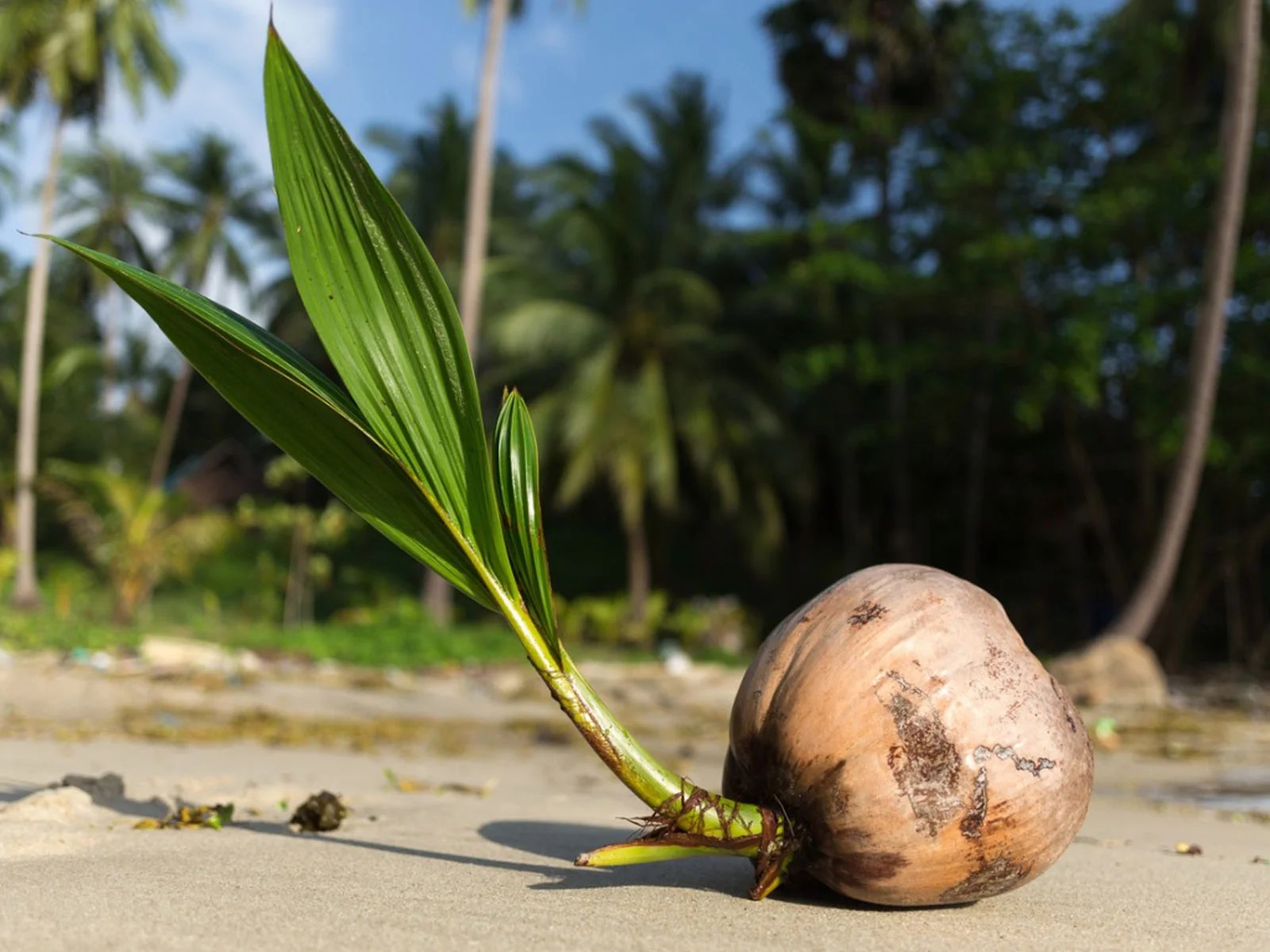
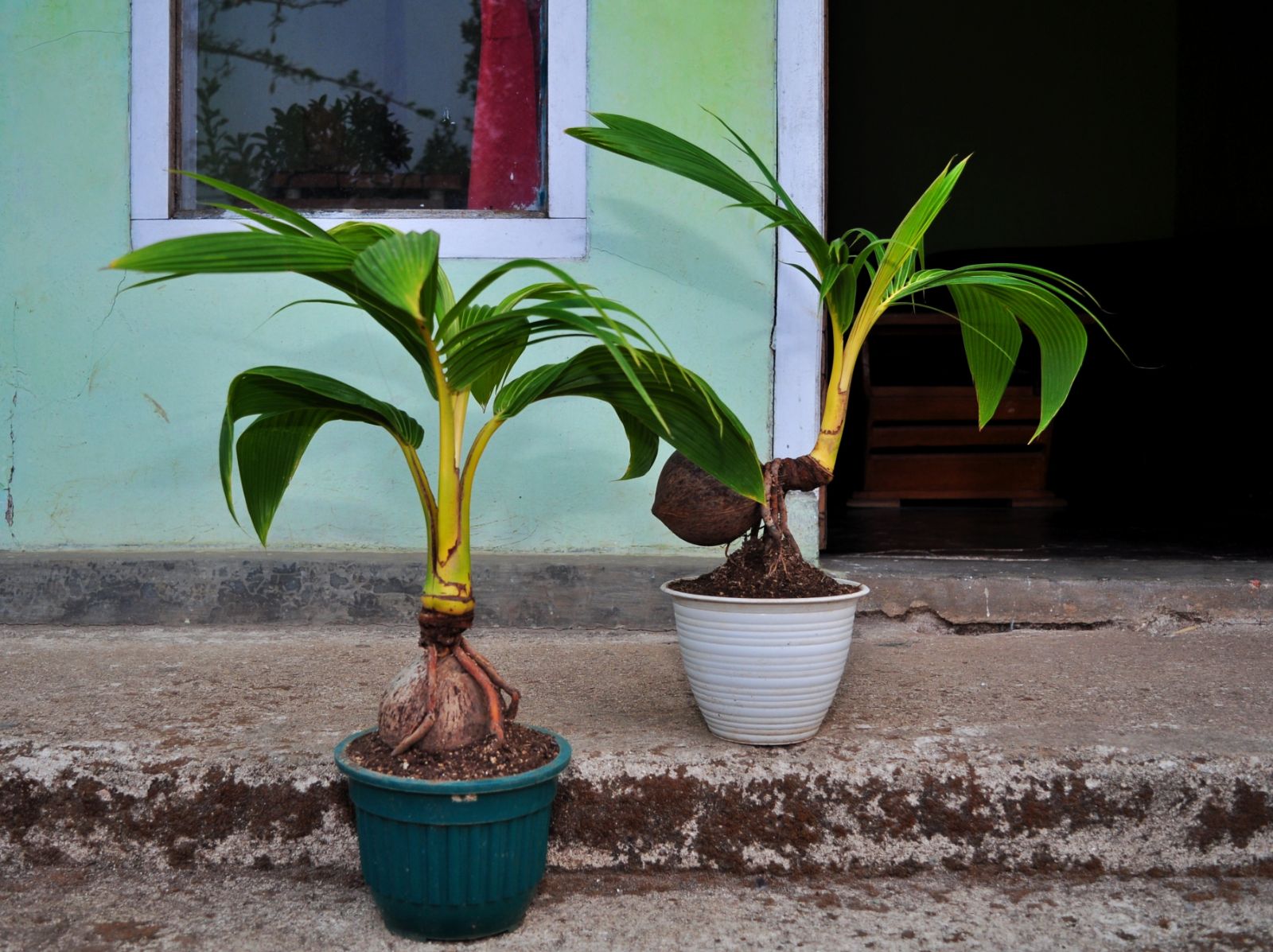
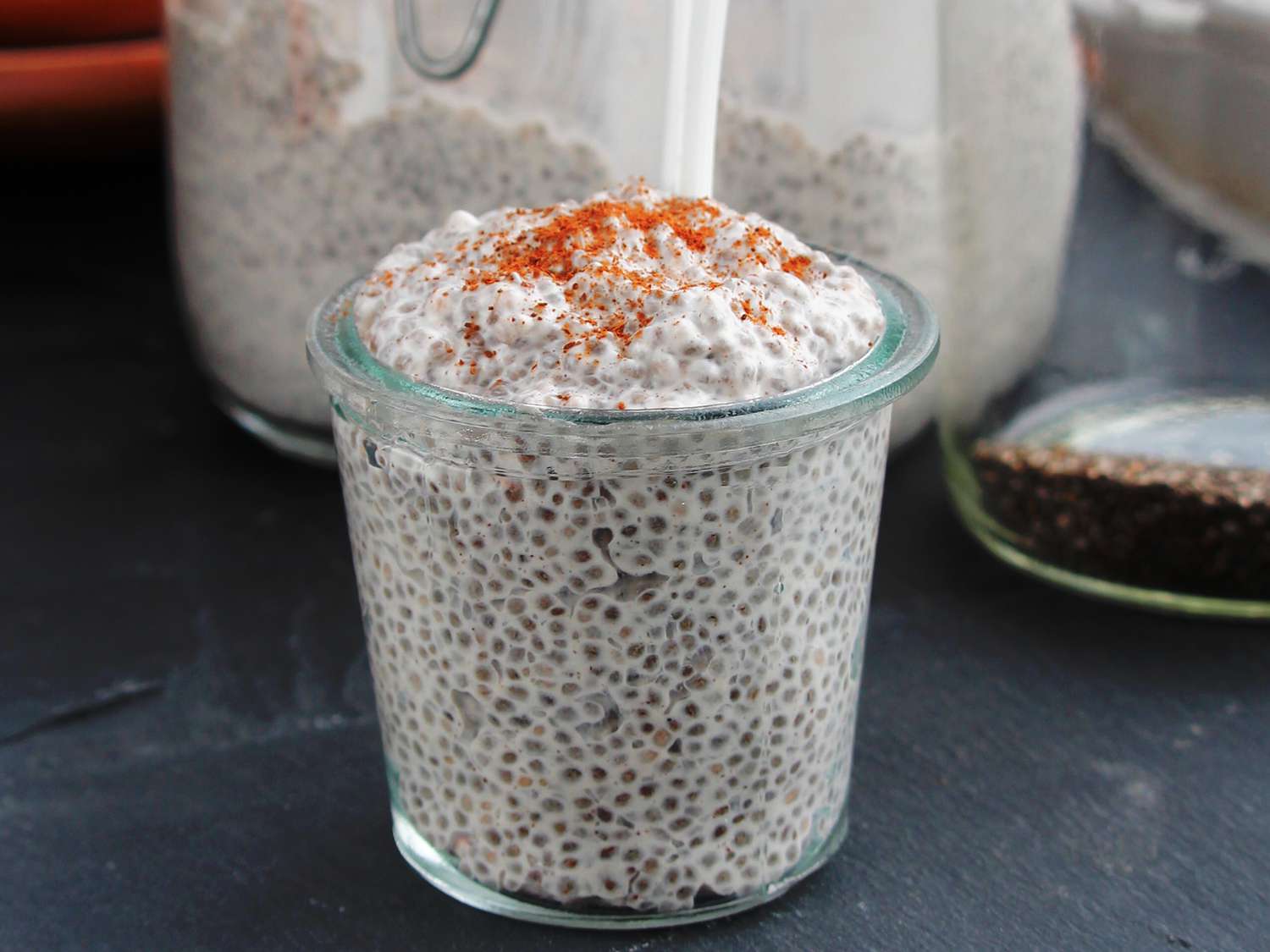
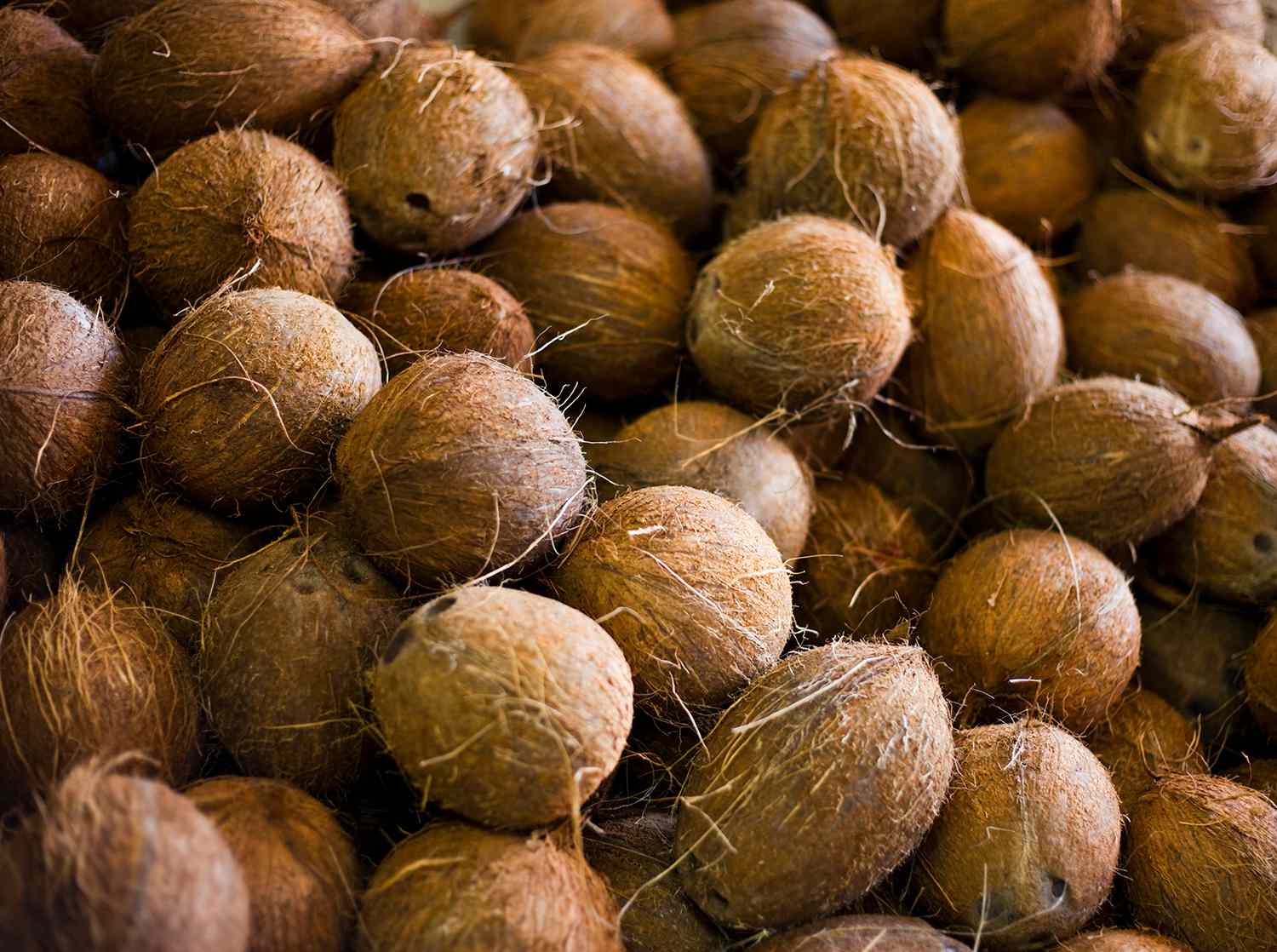
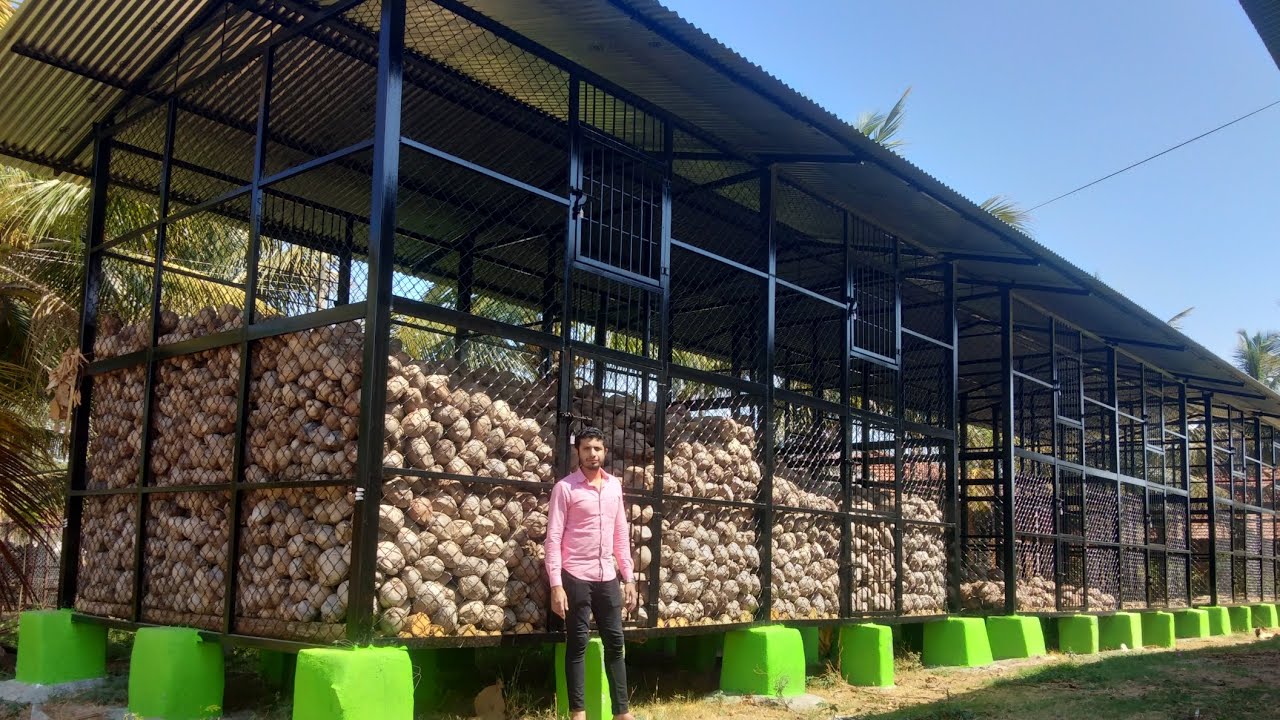
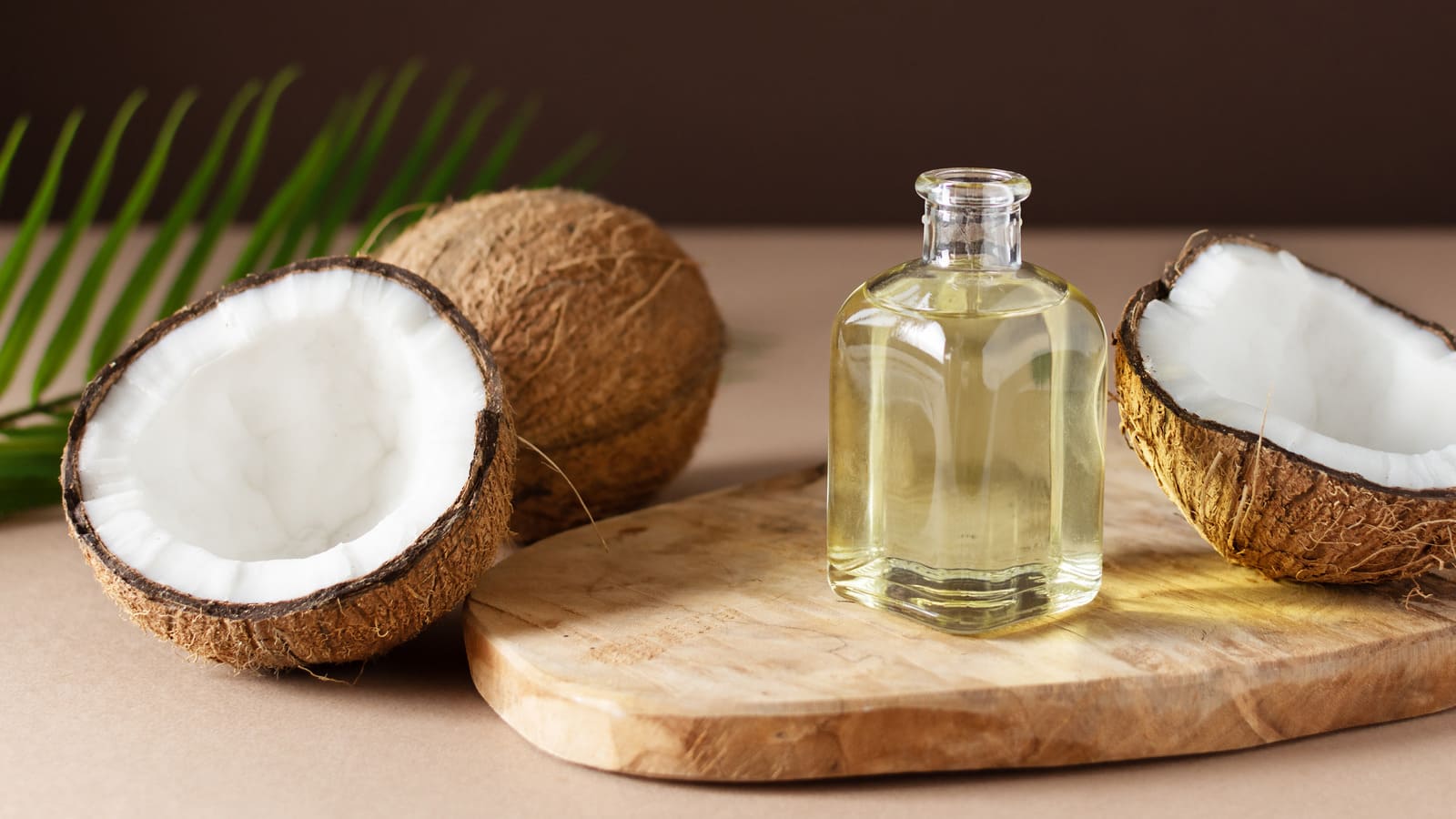
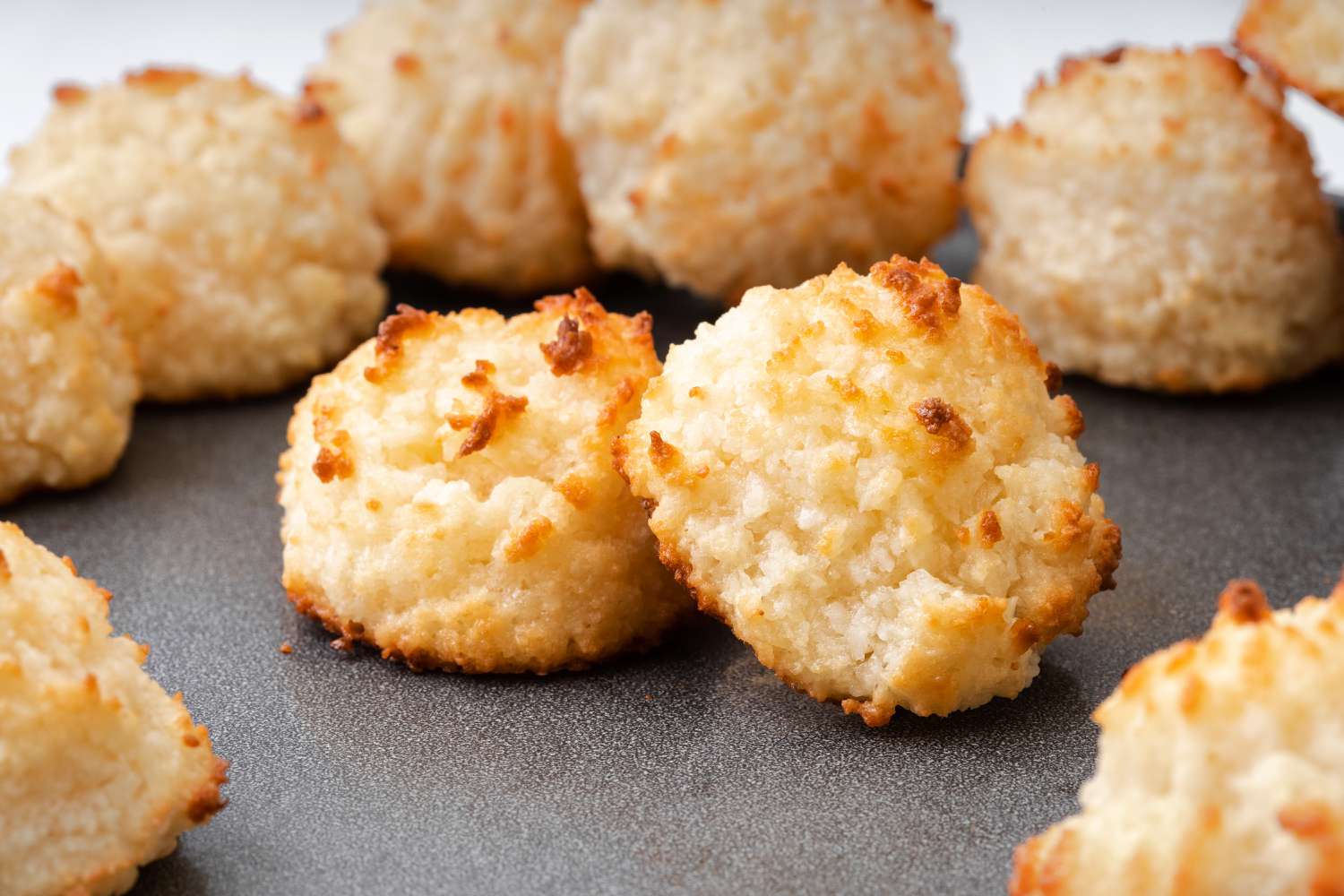
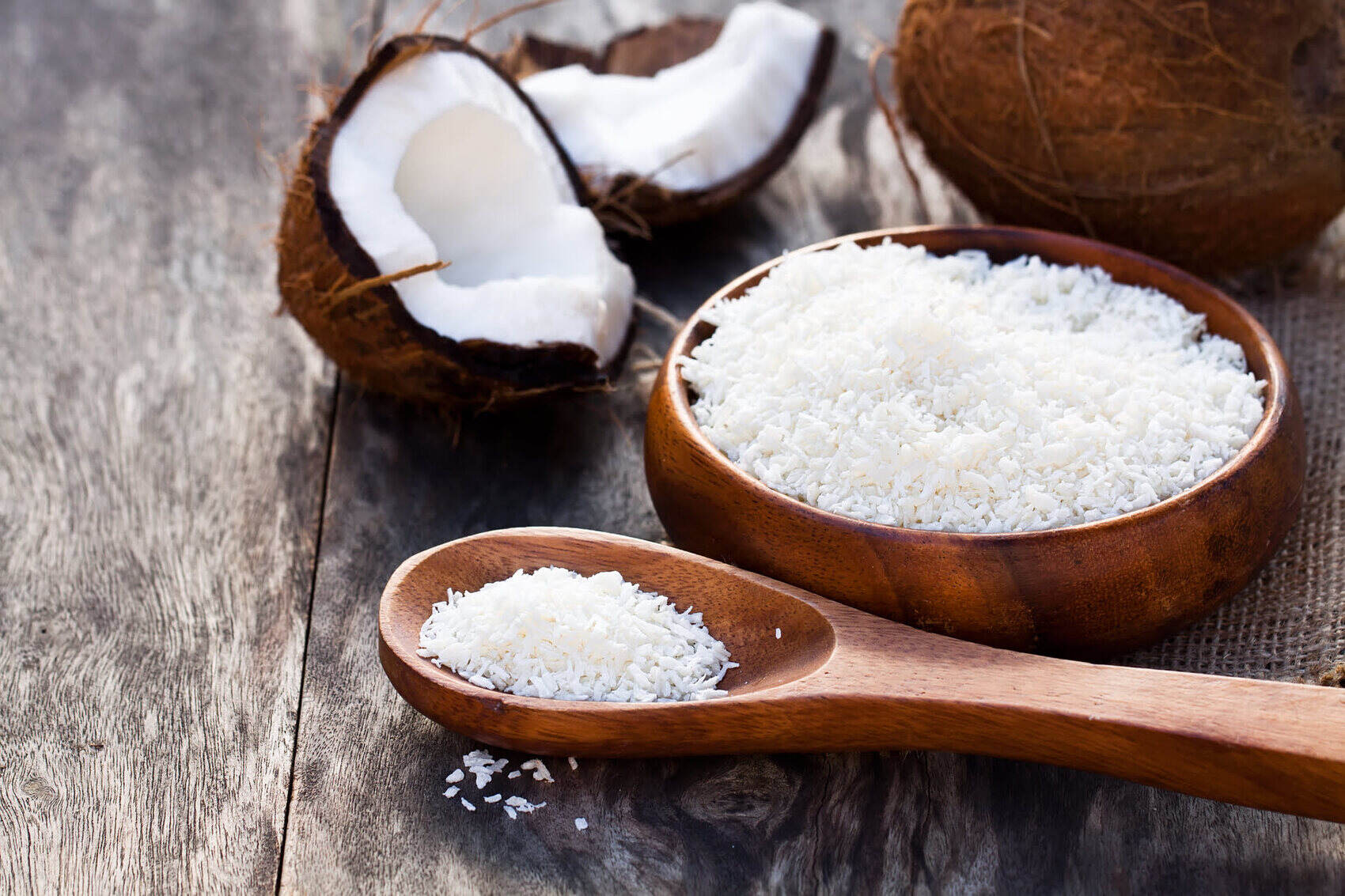
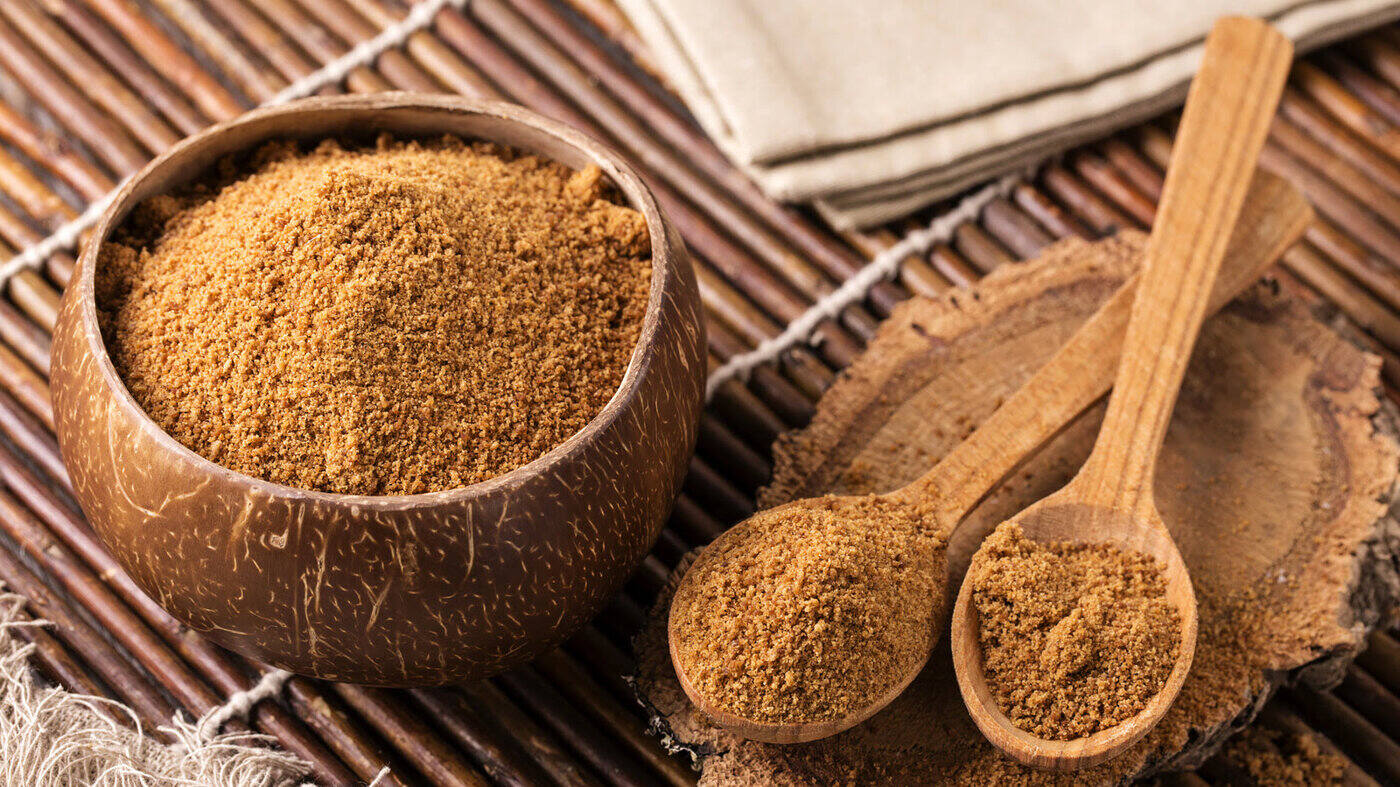
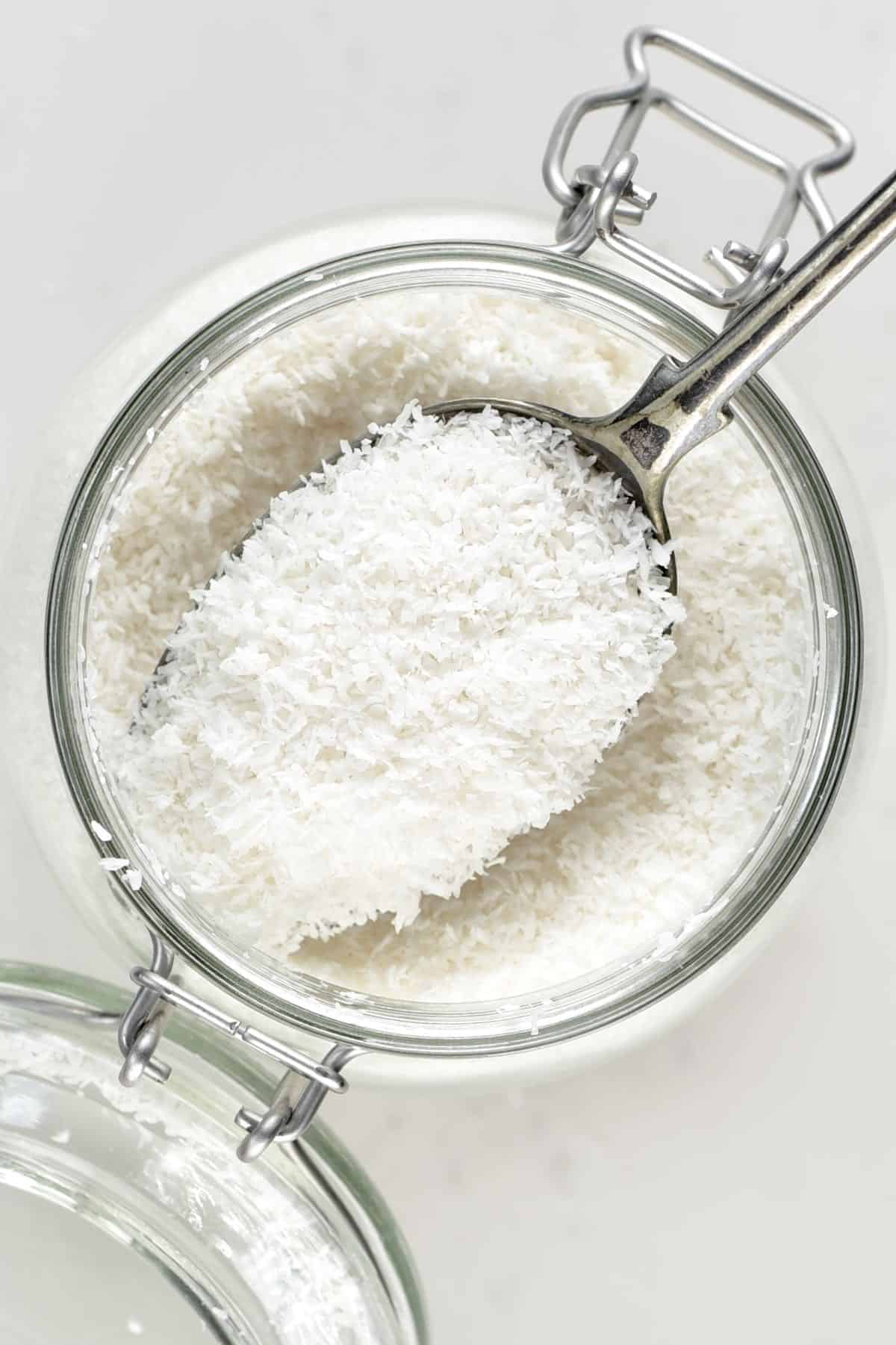
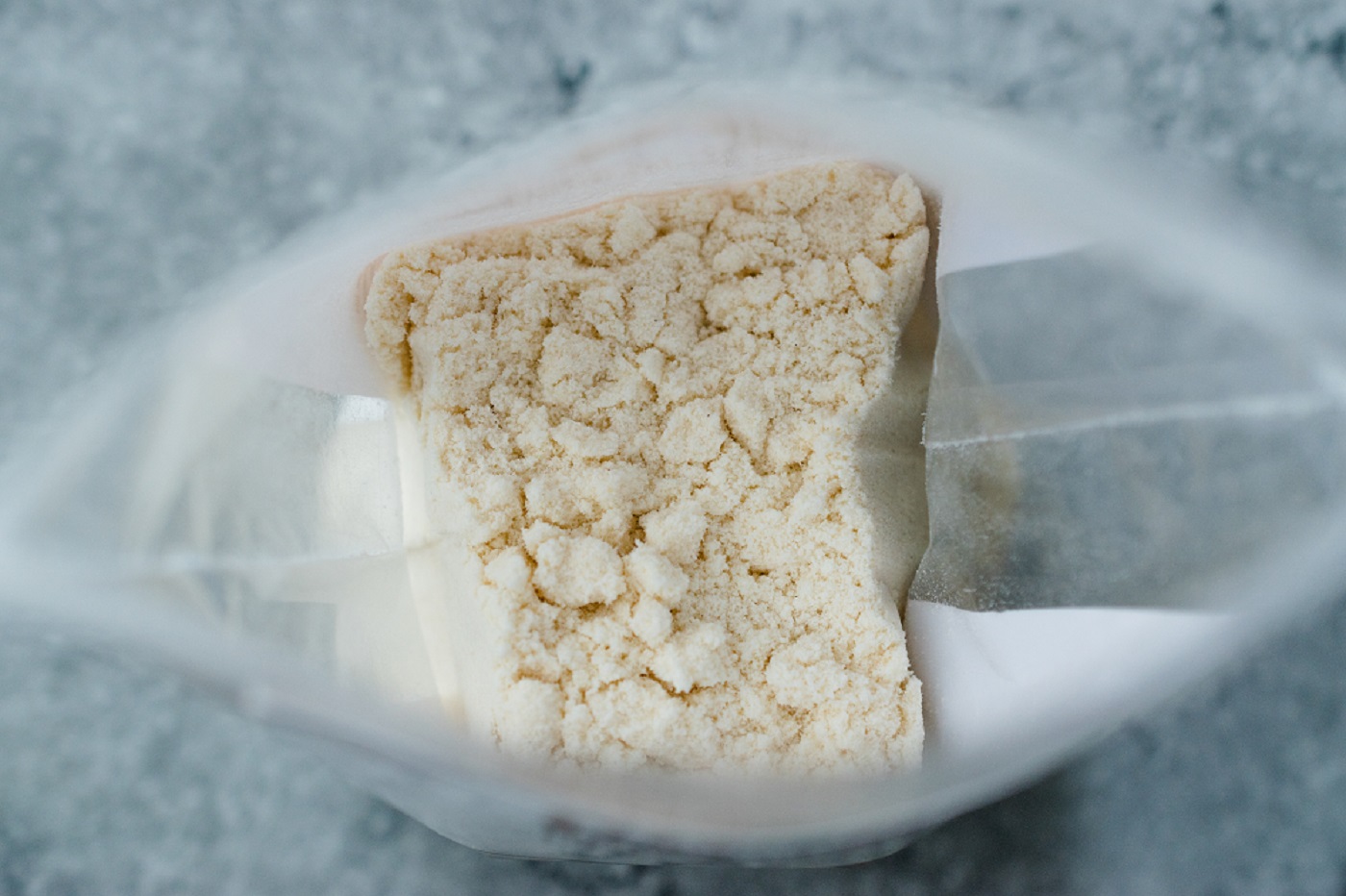
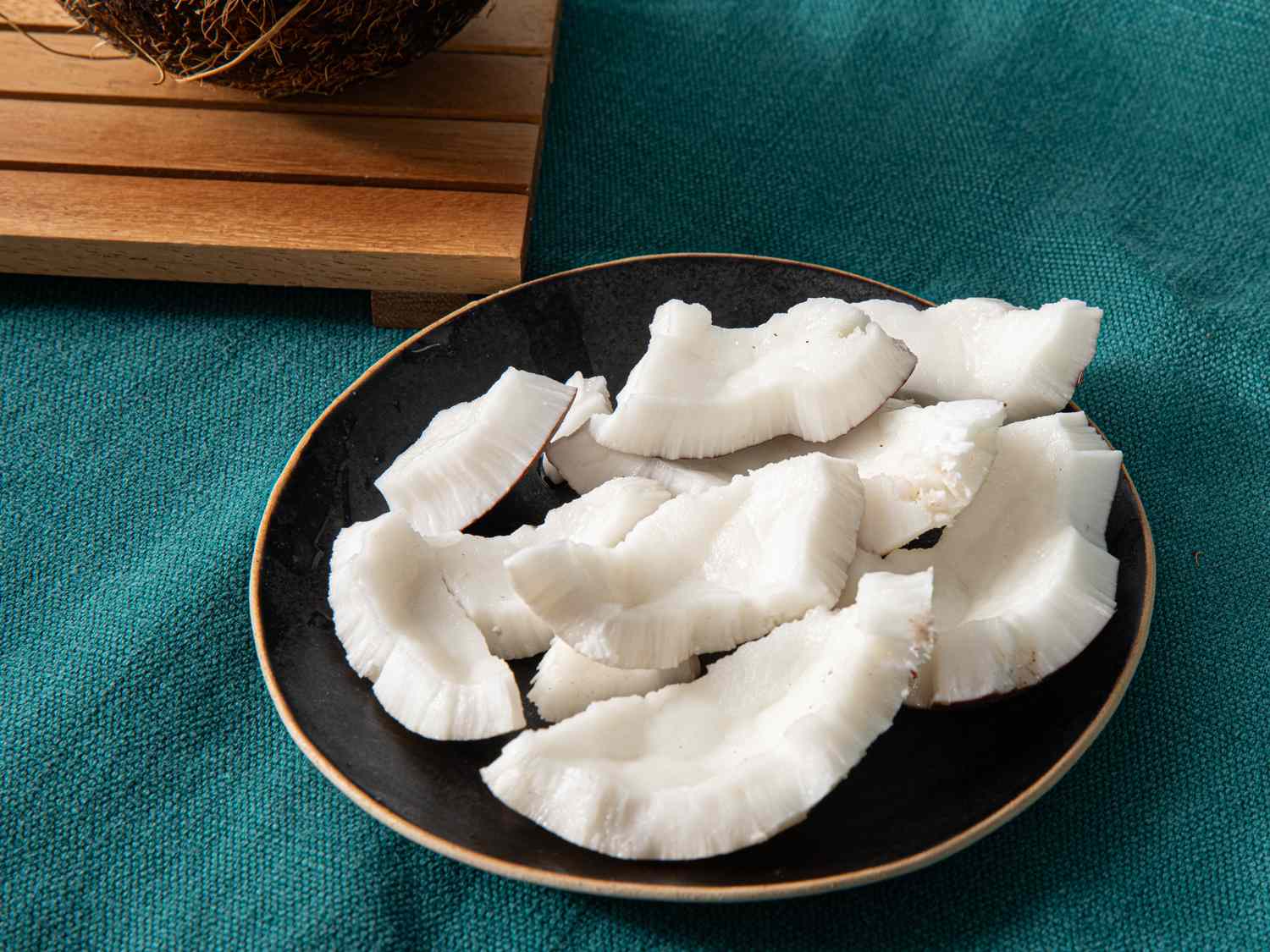
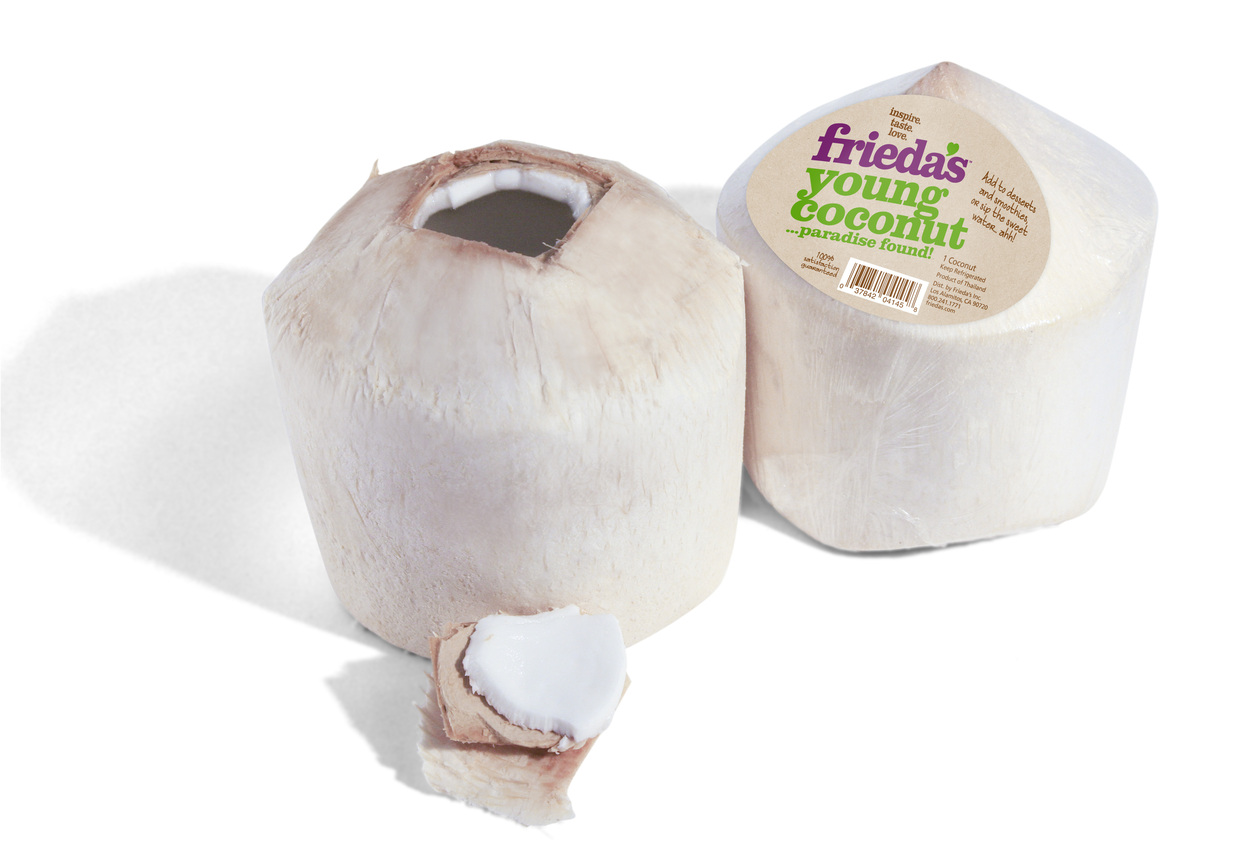
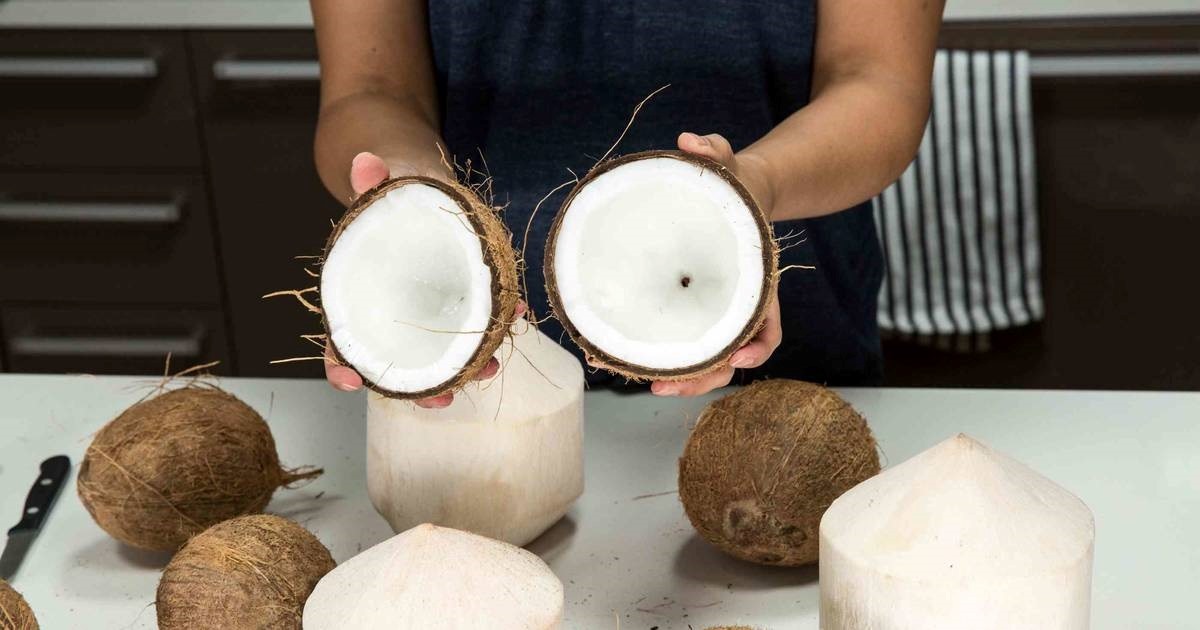

0 thoughts on “What Is A Coconut Seed”